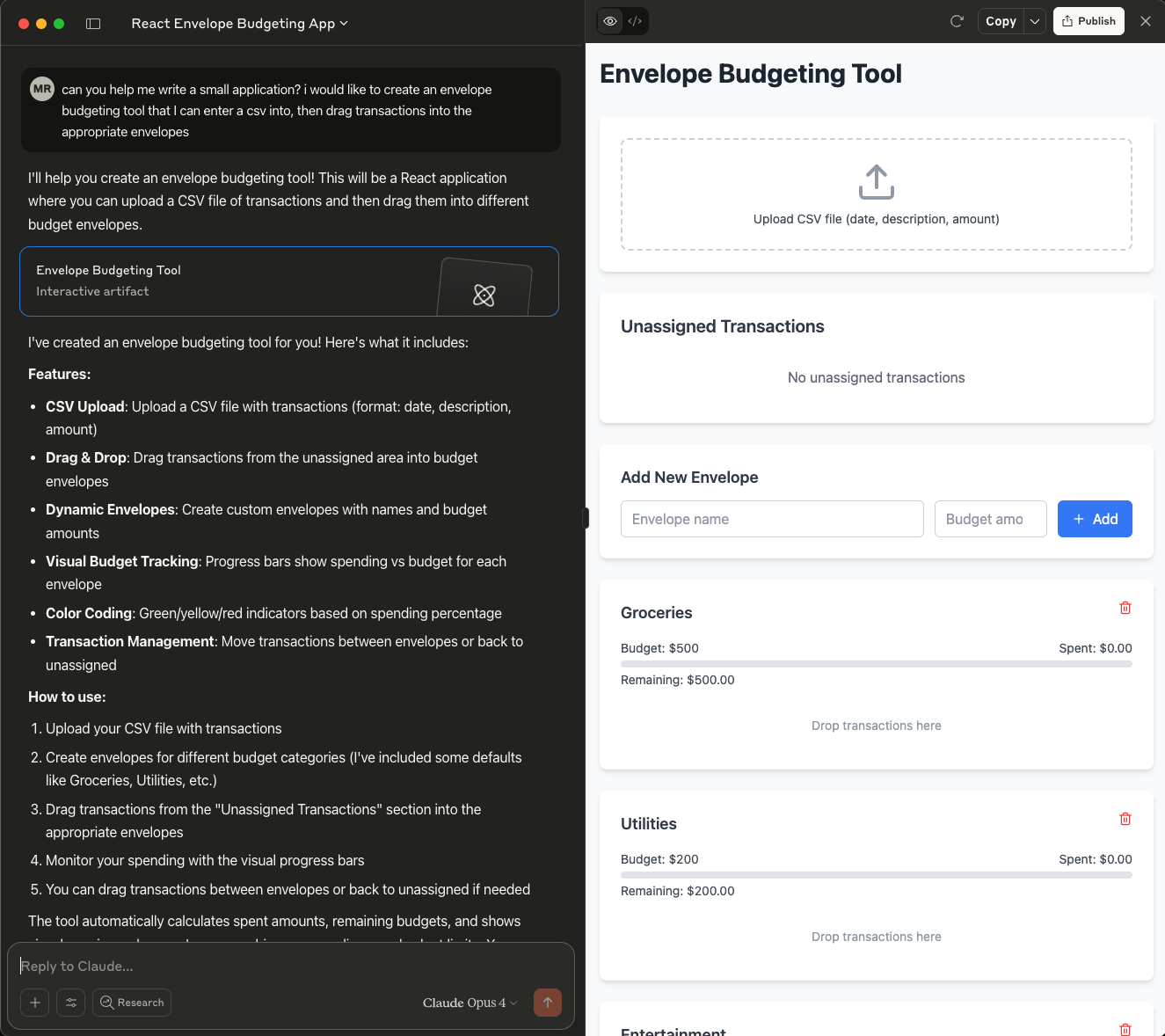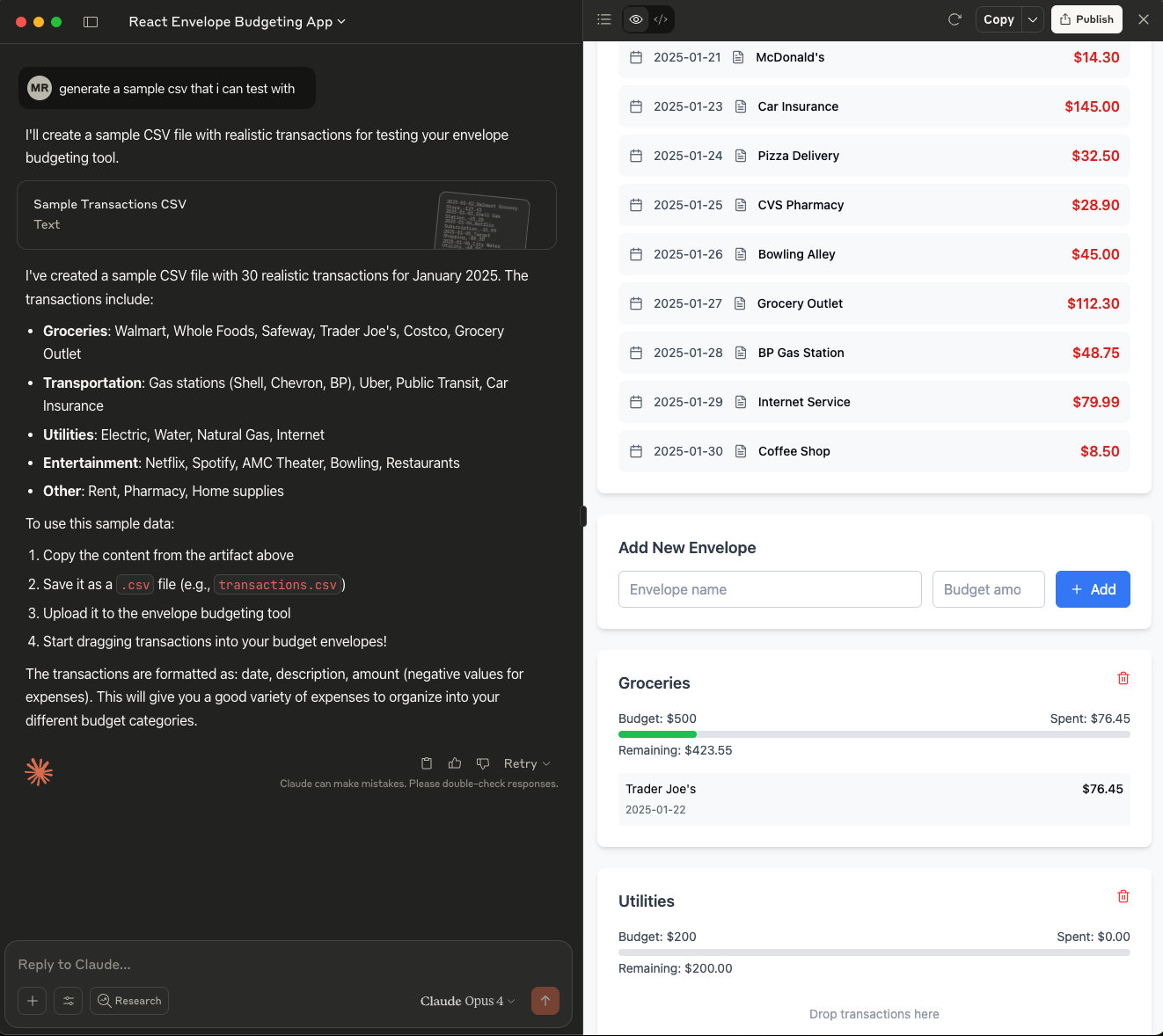The web browser is dead, long live the web browser
Zuletzt aktualisiert am
July 17, 2025
veröffentlicht:
July 17, 2025
.png)
By Michael Rollins — RIP the Browser (August 1991 - May 1, 2025).
On May 1, 2025, Anthropic added MCP server connectivity to Claude Desktop. What seemed like an added feature was actually the death knell of the browser.
A brief history of the browser
Tim Berners-Lee introduced the web browser to the world in August 1991. By 1992, the World Wide Web was publicly available. For over three decades, the browser has been our primary gateway to the digital world, a universal window through which we've accessed everything from email to entertainment, from shopping to social media.
But when Anthropic implemented MCP connectivity, it didn't just add a feature. It changed how humans can interact with knowledge, and therefore changed how the web works.
The great migration
We're already witnessing the exodus. Search traffic is in freefall, with reports of a reduction of 50-60% year over year. Why navigate to Google, type a query, sift through results, and click through to websites when you can simply ask Claude and get synthesized answers with sources?
But LLMs aren't glorified search boxes. With attached MCP servers you can reorganize and interact with data and knowledge in completely custom ways. You're no longer bound by the vision of the product team. You are the product team.
Instead of being constrained by whatever interface a product team decided to build, you can get access to the underlying data and reassemble it in ways that work for you. You're no longer trapped in rigid UI paradigms. You can organize your workflow, combine data sources, and interact with services in whatever way makes sense for your specific needs, all through natural language.
The instant utility factory
Beyond accessing existing services, chatbots have become instant utility factories. Need a quick calculator for mortgage payments? A data visualization from a CSV? A form to collect information? Instead of hunting for the right web tool or building something from scratch, you can simply describe what you need and have it built on the spot.


These are custom tools generated in real-time, tailored to your exact requirements. The web browser forced you to find tools that sort of fit your needs; chatbots let you create tools that perfectly fit your needs.
This shift from discovery to creation represents a fundamental change in how we approach problem-solving online.
The visual migration
The browser's remaining strengths (displaying charts, images, rich media) are rapidly migrating into chat interfaces. Claude, ChatGPT, and Gemini can all generate visualizations, display images, and format rich text directly in conversation. Video is the last holdout, but with Google and OpenAI aggressively developing video models you can already see that holdout falling.
And browsers? Browsers are evolving in the opposite direction. Perplexity just launched what they call a "browser," but it's really a chatbot with web access. The lines are blurring, and the traditional browser is an artifact of history.
Long live the web browser
The browser isn't disappearing entirely. It's transforming. The visual, hyperlink-driven interface that defined the web may persist for content consumption, though this isn't an assured thing. However, the browser's role as the universal application platform, the place where we "do" things online, is ending.
The Browser is dead, long live the Browser.
Michael Rollins is a fractional CTO, engineering leader and day-to-day coder. He has deep experience in mobile and backend, and is currently thoroughly enjoying the rocket ship that is AI. You can reach him at michael@rollins.io, or on LinkedIn.
